|
No fewer than four silver candelabras, holding great waxen torches, served to illuminate this apartment. Yet let not modern beauty envy the magnificence of a Saxon princess. The walls of the apartment were so ill finished and so full of crevices, that the rich hangings shook in the night blast, and, in despite of a sort of screen intended to protect them from the wind, the flame of the torches streamed sideways into the air, like the unfurled pennon of a chieftain. Magnificence there was, with some rude attempt at taste; but of comfort there was little, and, being unknown, it was unmissed. -- Sir Walter Scott, Ivanhoe It's one of my favorite passages from Ivanhoe, the singular passage I remember when the story comes to mind. I was gifted the book around the age of 12; in other words, many, many years ago. To be sure, there are many more memorable selections throughout the tale. Practically any scene with Rebecca is more so. But then, as now, it reminded me that beauty (as well as "magnificence" and "comfort") is in the eye of the beholder. Sir Walter Scott (1771 - 1832) wasn't medieval, but I like to think he was something of a medievalist. Ivanhoe is a spectacular medieval romance. Many of his poems, such as Marmion and Lord of the Isles, were set in medieval Scotland. And then there's that little issue of The Honours of Scotland. That is to say, Scotland's crown jewels, which certainly hail from medieval times. They are the oldest crown jewels in the British Isles. According to my Edinburgh Castle Souvenir Guide (absolutely worth it if you go) the Crown, Scepter, and Sword were created in Scotland and Italy during the reigns of James IV and James V. They were first used together for the coronation of Mary Queen of Scots in 1543. During Oliver Cromwell's time, the Honours were moved around, even buried for protection. Once the coast was clear, after the Treaty of Union in 1707, they were locked away in the Crown Room and pretty much forgotten. There they remained until Sir Walter Scott, historian that he was, sought and was granted royal approval to break into the Crown Room at Edinburgh Castle to rescue them. He wasn't alone, of course. He had a whole host of commissioners with him for the historic event. But it was his idea. The extreme solemnity of opening sealed doors of oak and iron, finally breaking open a chest which had been shut since 7th March 1707, about a hundred and eleven years, gave a sort of interest to our researches, which I can hardly express to you, and it would be very difficult to describe the intense eagerness with which we watched the rising of the lid of the chest. -- Sir Walter Scott in a letter to John Wilson Croker, February 7, 1818. Not long after, The Honours of Scotland went on display in the Crown Room of Edinburgh Castle, where they've been ever since. Granted, one or all of the articles have been escorted to various important, royal functions. Most recently, this past September, 2022, the Crown of Scotland was placed on the coffin of Elizabeth II, may she rest in peace, remaining there throughout the service. BBC still/ Fair Use I never could assign any probable or feasible reason for withdrawing these memorials of ancient independence; and my doubts rather arose from the conviction that many absurd things are done in public as well as in private life, merely out of a hasty impression of passion or resentment. For it was evident the removal of the Regalia might have greatly irritated people's minds here, and offered a fair pretext of breaking the Union, which for thirty years was the predominant wish of the Scottish nation. letter to John Wilson Croker, February 7, 1818. Medieval romance, medieval treasures, love of history and country... I think it quite reasonable to celebrate Sir Walter Scott. Medieval Monday is as good a time as any. What do you think? For more fun, be sure to visit medieval ladies Mary Morgan and Barbara Bettis.
Happy Medieval Monday!
6 Comments
Jan Sikes
1/30/2023 08:47:30
Ivanhoe was one of my very favorite books and I hadn't thought of it in many years. Thanks for the reminder, Anastasia. A fabulous post!
Reply
Mary Morgan
1/30/2023 09:06:25
A fine tribute to the man and beautiful post, Anastasia! Love this: "Medieval romance, medieval treasures, love of history and country... I think it quite reasonable to celebrate Sir Walter Scott." I agree with you!
Reply
1/30/2023 11:07:56
I read Ivanhoe in my teens. Definitely could use a redo. A beautiful post.
Reply
1/30/2023 11:32:42
Thank you for the great pictures! I, too, loved books like Ivanhoe, Robin Hood, and etc. Maybe I'll write one someday.
Reply
Barb Bettis
1/30/2023 11:49:05
Fascinating information--lovely post. And great photos--thanks fo sharing all this information. Of course I read Sir Walter Scott--lots--when I was younger. I do like the last line of the excerpt of Ivanhoe you posted--of comfort there was little and being unknown, it was unmissed. Quite a profound statement of medieval life!b
Reply
1/31/2023 11:43:15
This is a fascinating post. I did know about his discovery of the Honours because I'm a great admirer of his books (or at least, many of them). Waverley is my favorite, although Redgauntlet has an extremely funny bit in it that I cherish.
Reply
Leave a Reply. |
Romance!It's no secret that I prefer fat HEAs. Where better than in a beautiful romance? Archives
June 2024
Categories
All
NewsletterFrom me to you with a smile. Thank you!You have successfully joined our subscriber list. |

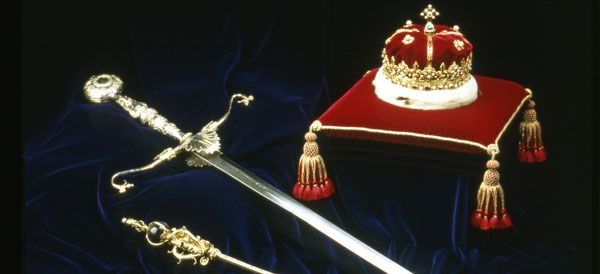
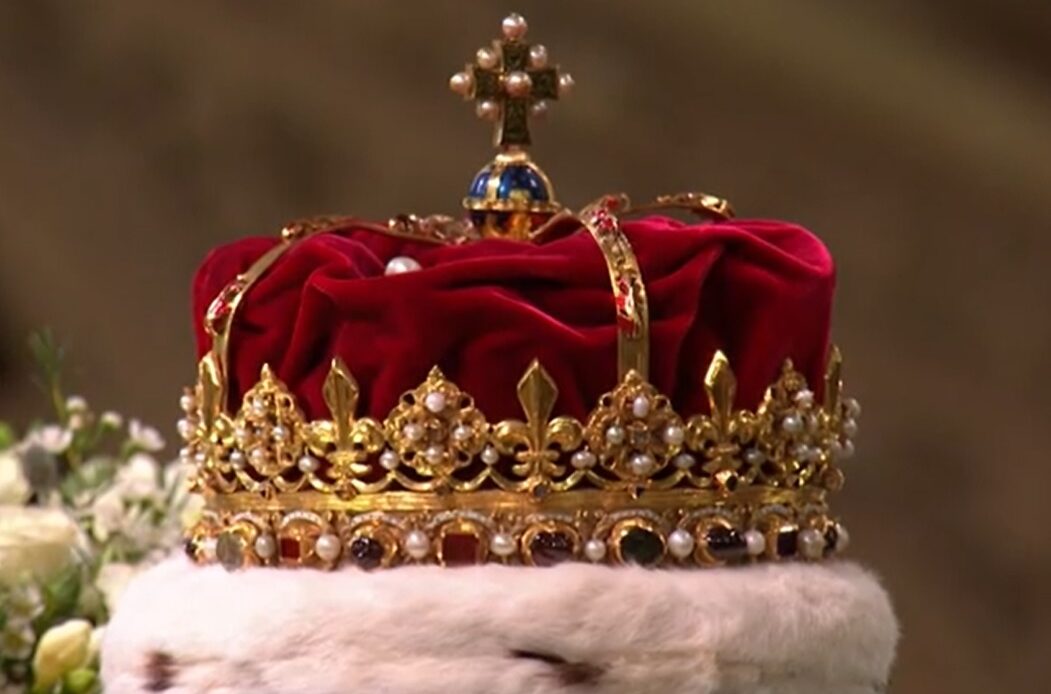
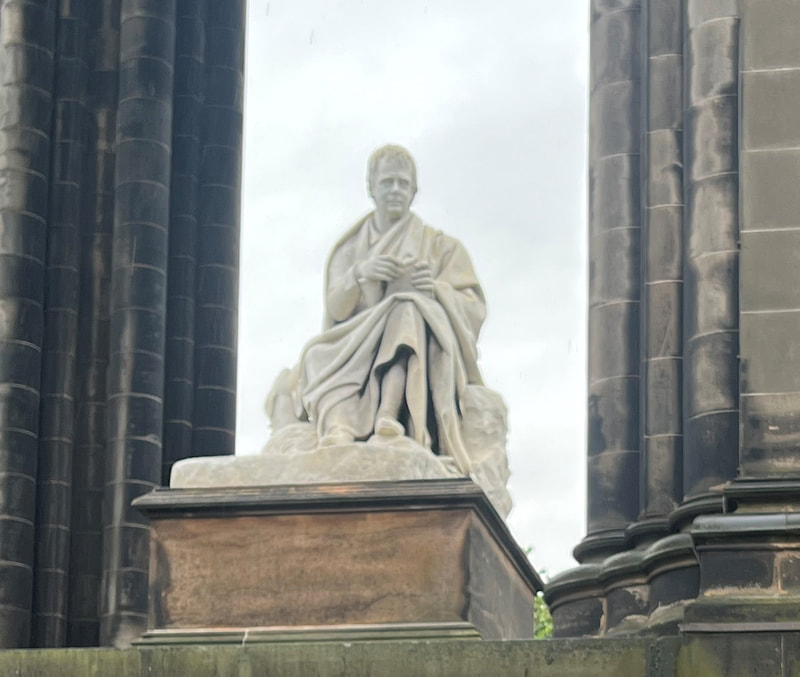
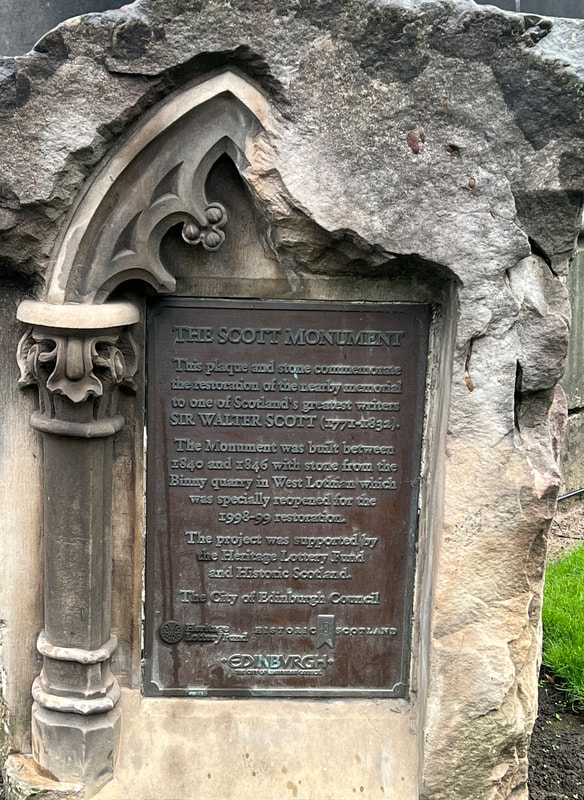
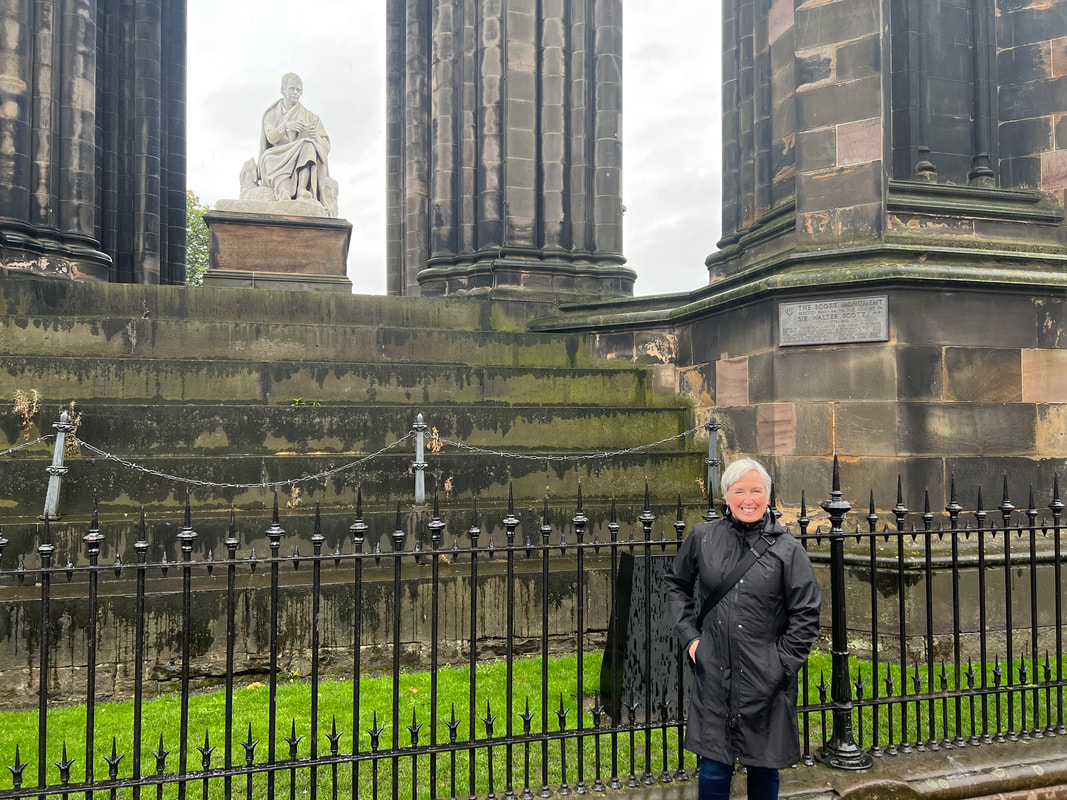

 RSS Feed
RSS Feed